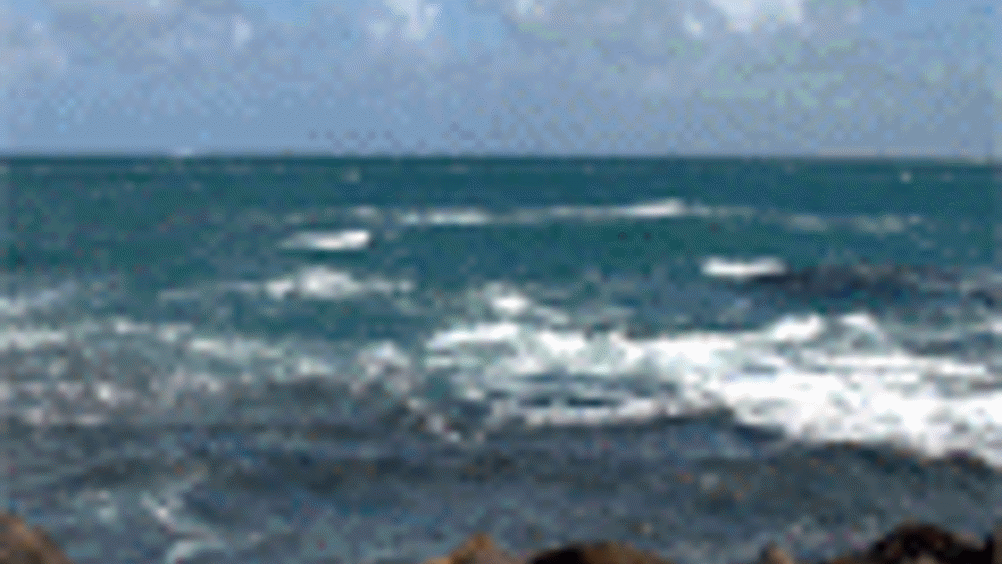Submarine seismographs
A new set of ocean bed seismographs are to be deployed to give a better understanding of basic earthquake processes.

A new set of ocean bed seismographs (OBSs) are to be deployed to give a better understanding of basic earthquake processes. Jeff McGuire and John Collins at the
(WHOI) plan to set up 40 ocean-bottom seismometers on the ocean floor along the East Pacific Rise in the
.
The majority of earthquakes in the world occur under the oceans, but most seismographs are on land. As a result, advances in understanding basic earthquake processes have been limited by the available data. Scientists are improving this situation by developing an instrument that records both small and large earthquakes on the seafloor.
The instruments will use a pair of seismometers, one known as a broadband seismometer, the other as a strong-motion accelerometer, to record the ground movements from undersea earthquakes, just like seismic arrays on land. They will be placed on the Quebrada/Discovery/Gofar (QDG) transform fault system for one year starting in early 2007. This area is known to have large earthquakes, greater than magnitude 5, preceded by foreshocks, or small shocks around magnitude 3, in the last hour before a large rupture occurs.
Register now to continue reading
Thanks for visiting The Engineer. You’ve now reached your monthly limit of news stories. Register for free to unlock unlimited access to all of our news coverage, as well as premium content including opinion, in-depth features and special reports.
Benefits of registering
-
In-depth insights and coverage of key emerging trends
-
Unrestricted access to special reports throughout the year
-
Daily technology news delivered straight to your inbox










UK Enters ‘Golden Age of Nuclear’
The delay (nearly 8 years) in getting approval for the Rolls-Royce SMR is most worrying. Signifies a torpid and expensive system that is quite onerous...